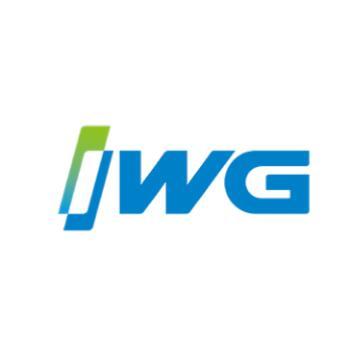There are two main reasons for the quality problems caused by hot-melt glue books: "The bottom of the back": First, the quality of the hot melt adhesive (this is the basis for the quality of glue books): The second is the hot-melt glue binding process. The management of back-processing quality (this is crucial). The above two factors are interrelated.
In the selection of hot melt adhesives, it is necessary to select and use hot melt adhesives with good quality and excellent cost performance. This is an effective way to guarantee the quality of glue books, reduce the cost of plastics, and improve the overall economic efficiency. The "quality of the textbook" is the quality problem that arises from the performance and quality of the hot melt adhesive, which is caused by the low tensile strength and hardness of the hot melt adhesive and the low melting viscosity. The same adhesive layer thickness and different quality hot melt adhesives vary greatly. Readers can refer to the article “Some Issues Concerning Hot-melt Adhesive Binding Technology” in the Journal of Printing Quality and Standardization, 2000.
From the point of view of process operations, the existing hot melt adhesive bookbinding process sheets do not open and flatten, and once they are pulled apart and flattened (see the paper edge or the adhesive layer), the book pages will be greatly reduced. Adhesion, resulting in loose pages, page breaks. The purpose of the back milling slot is to increase the bond area of the hot melt adhesive to the page and increase its tensile (fold) strength. Therefore, the quality requirement of the milling slot must be met in the process operation. The groove depth of the back of the book (according to the condition of the paper) should be 1-1.5 mm, and the groove opening angle should be 60° (groove angle). The bookbinding machine (linear machine) is difficult to adjust due to the congenitally deficient (non-knife platen milling) and manufacturing accuracy errors. Therefore, the depth of the groove may only reach 1.2mm, which requires careful adjustment by the operator. Keeping the depth of the milling slot is the same, which is an important part of ensuring the quality of the bookbinding.
All in all, to ensure that the glue book does not loose or fall, so that the book sheet has enough tensile (fold) strength between the seams, we must use a good quality hot melt adhesive. Pay attention to the quality of the milling groove in the process operation, pay attention to the influence and change of the temperature of the hot melt adhesive on the melt viscosity, so that the hot melt adhesive can achieve the required penetration and bond strength of the paper.
The two articles mentioned above have discussed in detail the problems associated with the glue-binding process. For readers who want to comprehensively and in-depth understand the quality problems associated with the glue-binding process, reference may be made to "Some Issues Concerning Hot-melt Adhesive Binding Processes" and Two articles on “Hot-melt Adhesive Process Quality Management”. In order to improve the quality of rubber books and periodicals in China as soon as possible, I would like to share more with you and discuss together.








